A Real Time Method Based on Deep Learning for Reconstructing Holographic Acoustic Fields from Phased Transducer Arrays
Abstract
1. Introduction
2. Physical Model
3. Methodology
3.1. Framework of the Proposed Model
3.2. Design of the Loss Function
4. Physics Based Data Generation and Pre-Process
4.1. Generation of Data Sets
| Algorithm 1: Dataset Preparation | |
| Data: position, patterned phase, complex pressure, amplitude of transducer (m, n) is (, ), , p(, ), and ; position, complex pressure, amplitude, phase of sampled physical point in acoustic field is (,,), p(, , ), Ax,y,z, ; an identity matrix Il,w,h, directivity function D(θ, β), wave number k. Result: transduer phases φ, complex acoustic pressure p(xl, yw, zh) | |
| 1 P0←Il,w,h, d←[(xl−xm)2 + (yw− yn)2 +czh2]0.5, D←D(θ, β), 0←, H←D×/d | |
| 2 iteration←0, ntrue←0 | |
| 3 while iteration ≤ 200 and ntrue ≤ 2000 do | |
| 4 | p(, )←∑Ax,y,z·ej(φ l,w,h)·;# is the conjugate of H. |
| 5 | p(, )←p(, )/∗Il,w,h; |
| 6 | ←[[p, ).real]2 + [ p(, ).img]2]0.5; |
| 7 | ←(p(, ).img, p(, ).real); |
| 8 | p(xl, yw, zh)←∑P0ej(φm,n)·H; |
| 9 | p(xl, yw, zh)←p(xl, yw, zh)/*Ax,y,z |
| 10 | Ax,y,z←[[p(xl, yw, zh).real]2 + [p(xl, yw, zh).img]2]0.5; |
| 11 | φl,w,h← (p(xl, yw, zh).img, p(xl, yw, zh).real); |
| 12 | if φm,n – φ ≤ π/100 then ntrue← nture + 1; end |
| 13 iteration←iteration + 1; 14 end | |
4.2. Data Pre-Processing
5. Experiments
5.1. Experiments Setup
5.2. Predictive Performance Analysis
5.3. Real-Time Performance Analysis
5.4. Analysis of Holographic Acoustic Field Reconstruction Results
6. Conclusions
Author Contributions
Funding
Data Availability Statement
Conflicts of Interest
References
- Jeong, J.J.; Choi, H. An impedance measurement system for piezoelectric array element transducers. Measurement 2016, 97, 138–144. [Google Scholar] [CrossRef]
- Tsang, P.W.M.; Poon, T.C. Novel Method for Converting Digital Fresnel Hologram to Phase-only Hologram based on Bidirectional Error Diffusion. J. Opt. Express 2013, 21, 23680–23686. [Google Scholar] [CrossRef] [PubMed]
- Marzo, A.; Caleap, M.; Drinkwater, B.W. Acoustic virtual vortices with tunable orbital angular momentum for trap-ping of mie particles. J. Phys. Rev. Lett. 2018, 120, 044301. [Google Scholar] [CrossRef] [PubMed]
- Chen, X.; Lam, K.H.; Chen, R.; Chen, Z.; Yu, P.; Chen, Z.; Shung, K.K.; Zhou, Q. An adjustable multi-scale single beam acoustic tweezers based on ultrahigh frequency ultrasonic transducer. Biotechnol. Bioeng. 2017, 14, 2637–2647. [Google Scholar] [CrossRef] [PubMed]
- Marzo, A.; Seah, S.A.; Drinkwater, B.W.; Sahoo, D.R.; Long, B.; Subramanian, S. Holographic acoustic elements for manipulation of levitated objects. Nat. Commun 2015, 10, 866. [Google Scholar] [CrossRef] [PubMed]
- Marzo, A.; Ghobrial, A.; Cox, L.; Caleap, M.; Croxford, A.; Drinkwater, B.W. Realization of compact tractor beams using acoustic delay-lines. Appl. Phys. Lett. 2017, 110, 014102-1–014102-5. [Google Scholar] [CrossRef]
- Kim, S.H.; Ishiyama, K. Magnetic Robot and Manipulation for Active-Locomotion with Targeted Drug Release. IEEE/ASME Trans. Mechatron. 2014, 19, 1651–1659. [Google Scholar]
- Miskin, M.Z.; Cortese, A.J.; Dorsey, K.; Esposito, E.P.; Reynolds, M.F.; Liu, Q.; Cao, M.; Muller, D.A.; McEuen, P.L.; Cohen, I. Electronically Integrated, Mass-manufactured, Microscopic Robots. Nature 2020, 584, 557–561. [Google Scholar] [CrossRef] [PubMed]
- Ozcelik, A.; Rufo, J.; Guo, F.; Gu, Y.; Li, P.; Lata, J.; Huang, T.J. Acoustic Tweezers for the Lift Sciences. Nat. Methods 2018, 15, 1021–1028. [Google Scholar] [CrossRef] [PubMed]
- Andrade, M.A.B.; Pérez, N.; Adamowski, J.C. Review of progress in acoustic levitation. Braz. J. Phys. 2018, 48, 190–213. [Google Scholar] [CrossRef]
- Zeng, X.Z.; McGough, R.J. Evaluation of the Angular Spectrum Approach for Simulations of Near-field Pressures. J. Acoust. Soc. Am. 2008, 123, 68–76. [Google Scholar] [CrossRef] [PubMed]
- Fushimi, T.; Yamamoto, K.; Ochiai, Y. Acoustic Hologram optimization using automatic differentiation. Sci. Rep. 2021, 11, 1–10. [Google Scholar] [CrossRef] [PubMed]
- Melde, K.; Mark, A.G.; Qiu, T.; Fischer, P. Holograms for acoustics. Nature 2016, 537, 518–522. [Google Scholar] [CrossRef] [PubMed]
- Marzo, A.; Drinkwater, B.W. Holographic Acoustic Tweezers. Proc. Natl. Acad. Sci. USA 2019, 116, 84–89. [Google Scholar] [CrossRef] [PubMed]
- Zhong, C.; Jia, Y.; Jeong, D.C.; Guo, Y.; Liu, S. AcousNet: A Deep Learning Based Approach to Dynamic 3D Holographic Acoustic Field Generation from Phased Transducer Array. IEEE Robot. Autom. Lett. 2022, 7, 666–673. [Google Scholar] [CrossRef]
- Inoue, S.; Mogami, S.; Ichiyama, T. Acoustic Macroscopic Rigid Body Levitation by Responsive Boundary Hologram. J. Acoust. Soc. Am. 2019, 145, 328–337. [Google Scholar] [CrossRef] [PubMed]
- Ochiai, Y.; Hoshi, T.; Rekimoto, J. Three-Dimensional Mid-Air Acoustic Manipulation by Ultrasonic Phased Arrays. PLoS ONE 2014, 9, e97590. [Google Scholar] [CrossRef] [PubMed]
- Tai, Y.; Yang, J.; Liu, X. Image Super-Resolution via Deep Recursive Residual Network. In Proceedings of the 2017 IEEE Conference on Computer Vision and Pattern Recognition: CVPR 2017, Honolulu, HI, USA, 21–26 July 2017; Institute of Electrical and Electronics Engineers: New York, NY, USA; pp. 1–751. [Google Scholar]
- Szegedy, C.; Vanhoucke, V.; Ioffe, S.; Shlens, J.; Wojna, Z. Rethinking the Inception Architecture for Computer Vision. In Proceedings of the 2016 IEEE Conference on Computer Vision and Pattern Recognition: CVPR 2016, Las Vegas, NV, USA, 27–30 June 2016; Institute of Electrical and Electronics Engineers: New York, NY, USA; pp. 2276–3033. [Google Scholar]
- Wang, Q.; Wu, B.; Zhu, P.; Li, P.; Zuo, W.; Hu, Q. ECA-Net: Efficient Channel Attention for Deep Convolutional Neural Networks. In Proceedings of the 2020 IEEE/CVF Conference on Computer Vision and Pattern Recognition: IEEE/CVF Conference on Computer Vision and Pattern Recognition (CVPR 2020), Seattle, WA, USA, 13–19 June 2020; Institute of Electrical and Electronics Engineers: New York, NY, USA; pp. 11531–11539. [Google Scholar]
- Shang, W.; Sohn, K.; Almeida, D.; Lee, H. Understanding and Improving Convolutional Neural Networks via Concatenated Rectified Linear Units. In Proceedings of the 33rd International Conference on Machine Learning: ICML 2016, New York, NY, USA, 19–24 June 2016; Curran Associates, Inc.: New York, NY, USA, 2016; Volume 5–6, pp. 3276–3284. [Google Scholar]
- Averkiou, M.A.; Hamilton, M.F. Nonlinear distortion of short pulses radiated by plane and focused circular pistons. J. Acoust. Soc. Am. 1997, 102, 2539–2548. [Google Scholar] [CrossRef] [PubMed]
- O’Neil, H. Theory of Focusing Radiators. J. Acoust. Soc. Am. 1949, 21, 516–526. [Google Scholar] [CrossRef]
- Liu, C.; Wang, Z.; Sahoo, D.; Fang, Y.; Zhang, K.; Hoi, S.C. On the Variance of the Adaptive Learning Rate and Beyond. In Proceedings of the International Conference on Learning Representations, Glasgow, UK, 23–28 August 2020. [Google Scholar]
- Memoli, G.; Caleap, M.; Asakawa, M.; Sahoo, D.R.; Drinkwater, B.W.; Subramanian, S. Metamaterial bricks and quantization of metasurfaces. Nat. Commun. 2017, 8, 1–8. [Google Scholar] [CrossRef] [PubMed]
- Hore, A.; Ziou, D. Image quality metrics: PSNR vs. SSIM. In Proceedings of the 20th International Conference on Pattern Recognition, ICPR 2010, Istanbul, Turkey, 23–26 August 2010; IEEE Computer Society: New York, NY, USA, 2010. [Google Scholar]
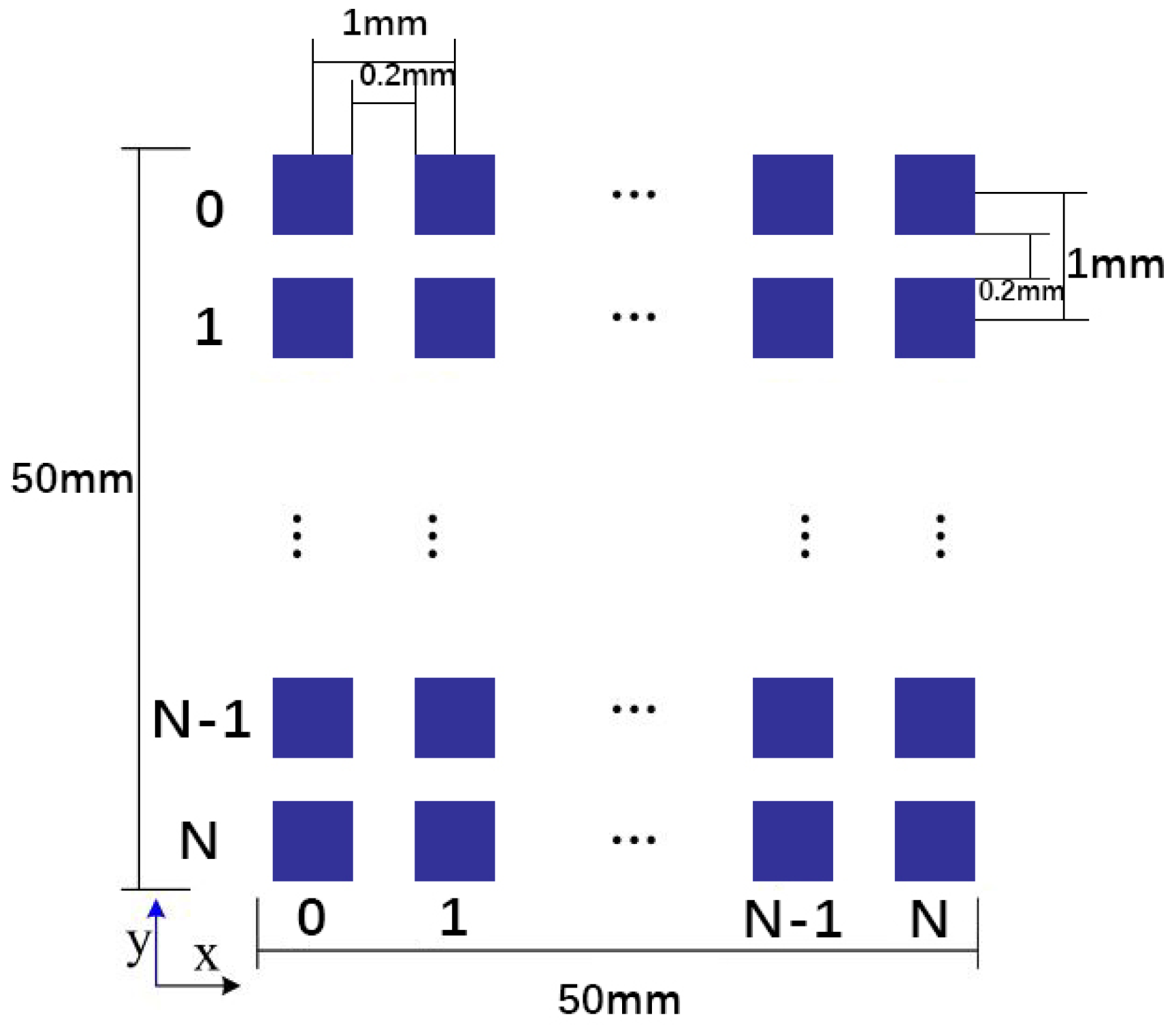
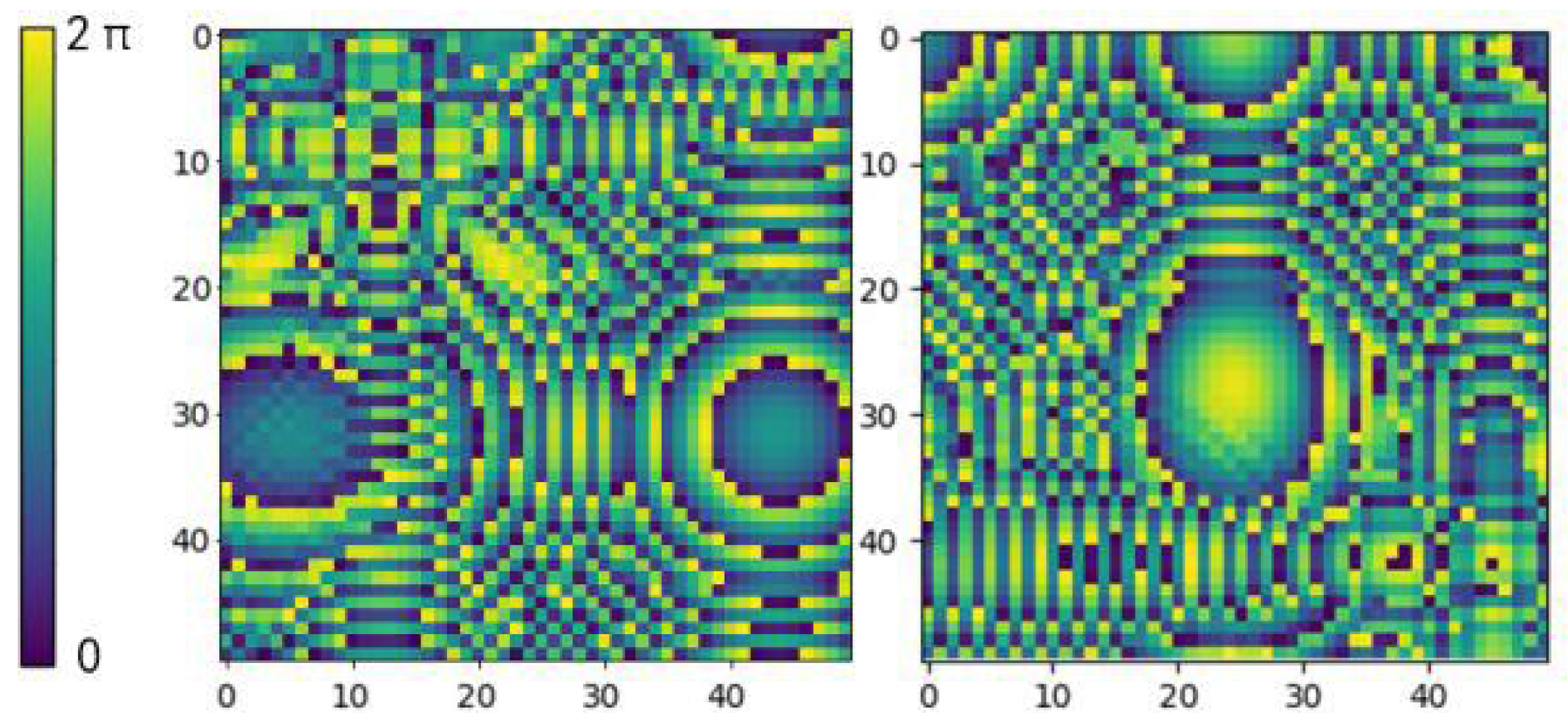
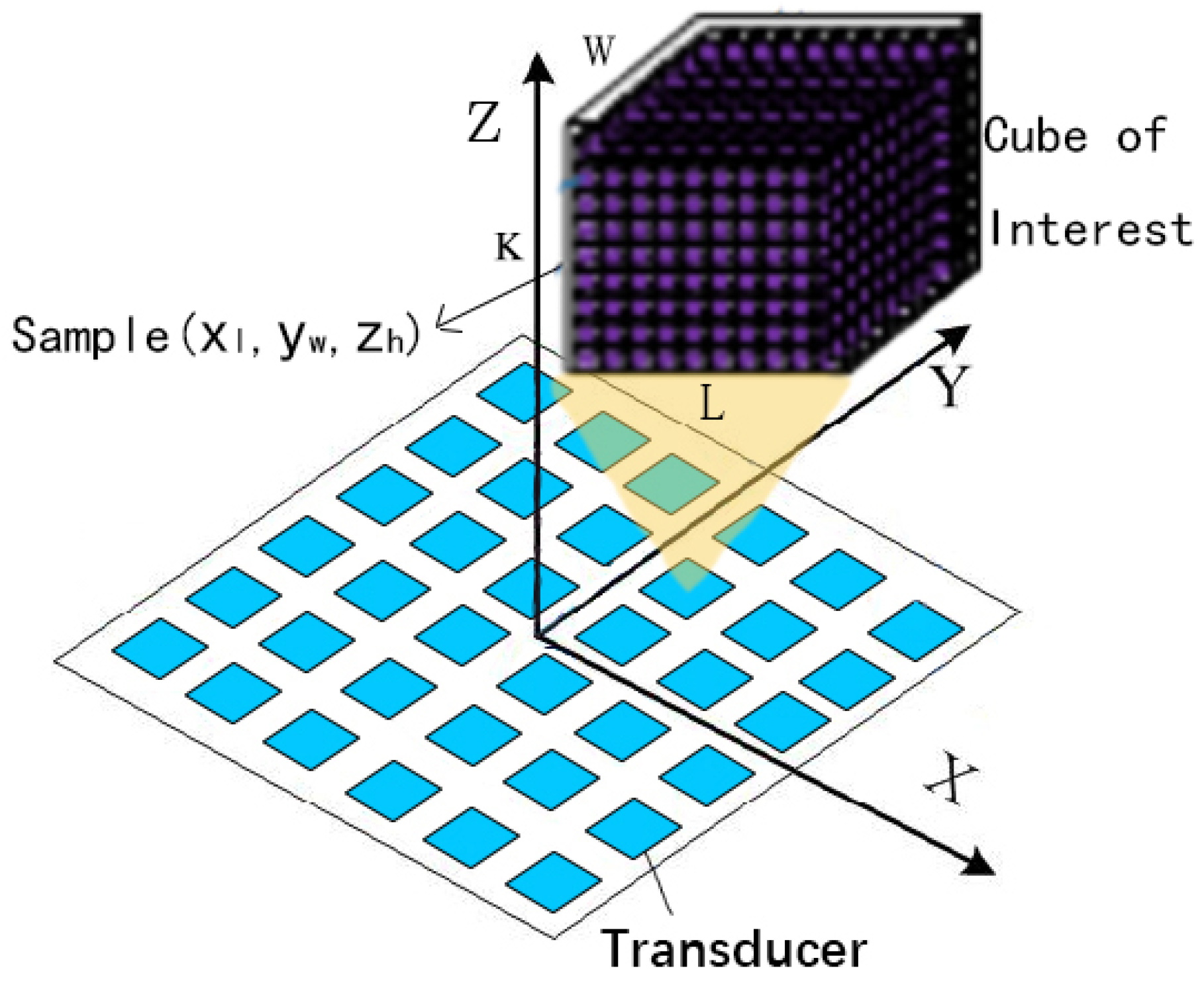
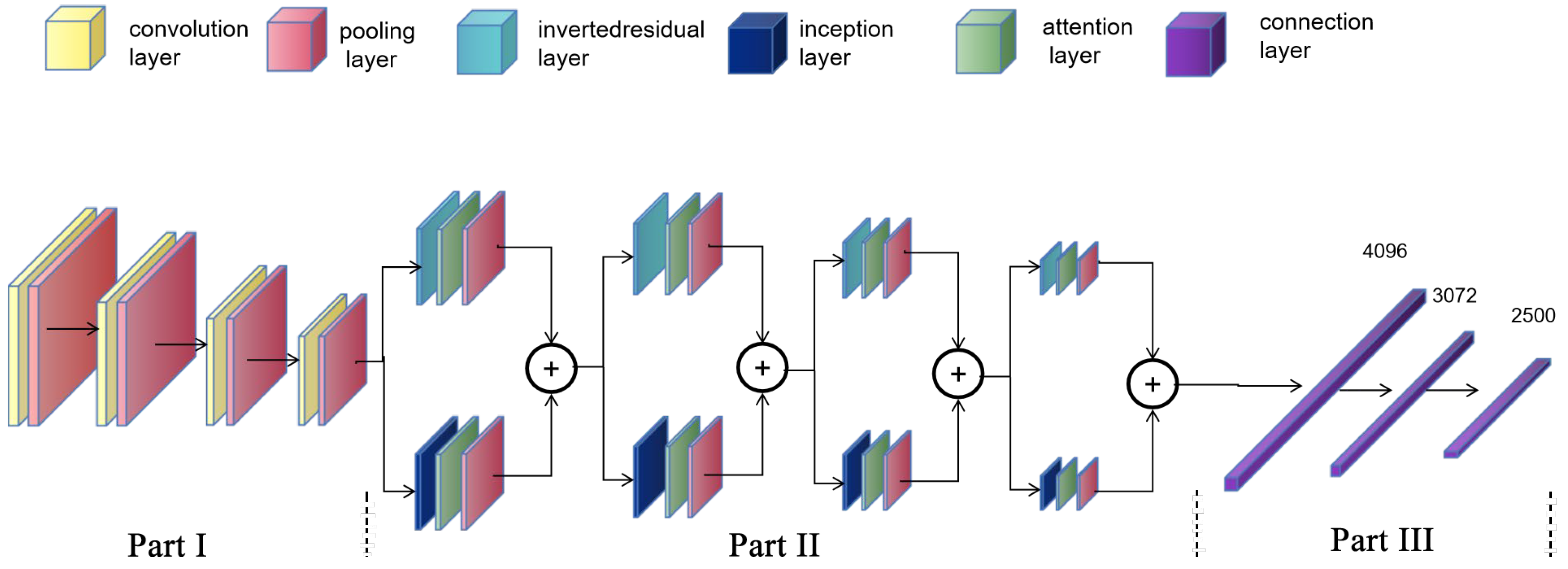
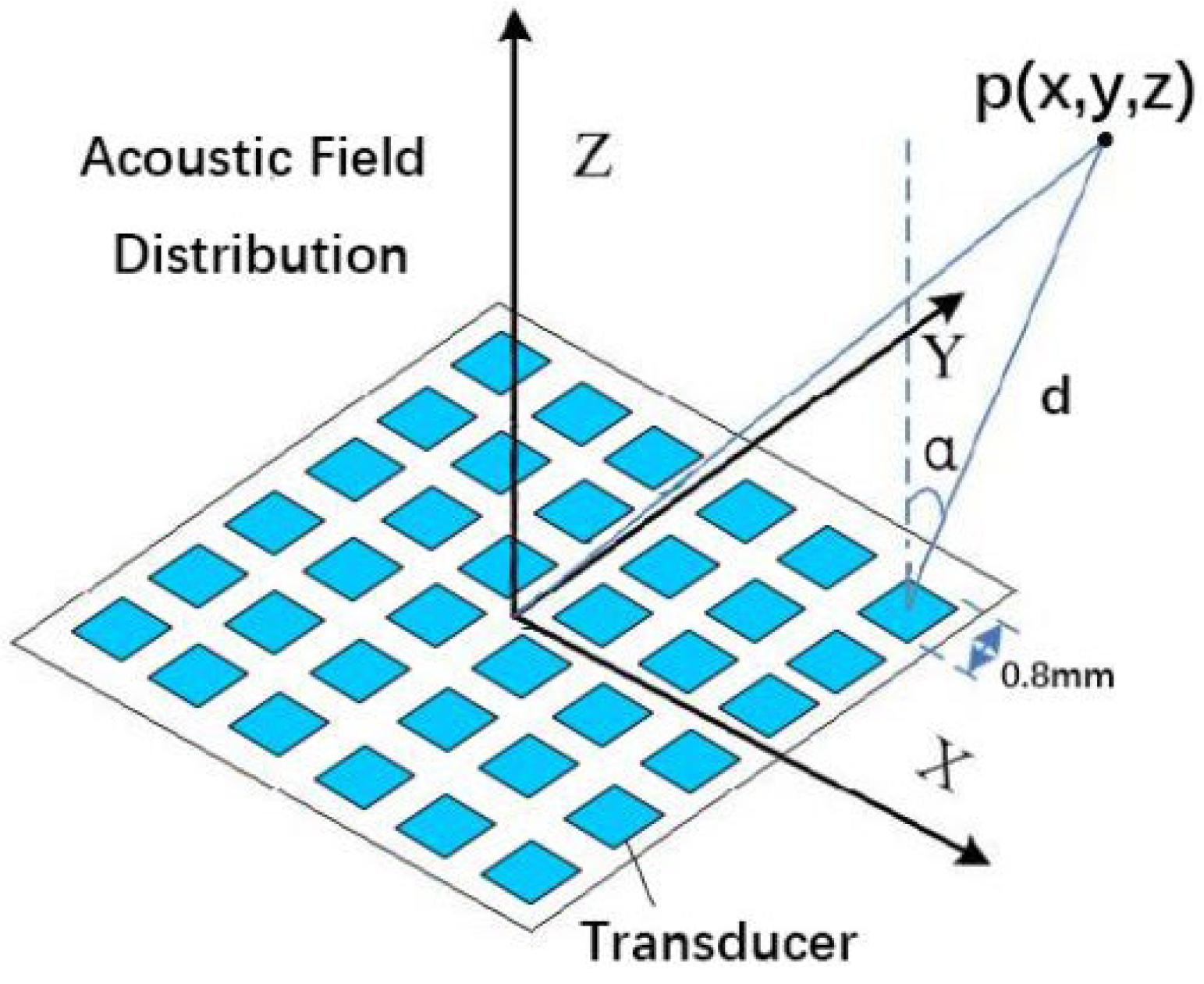

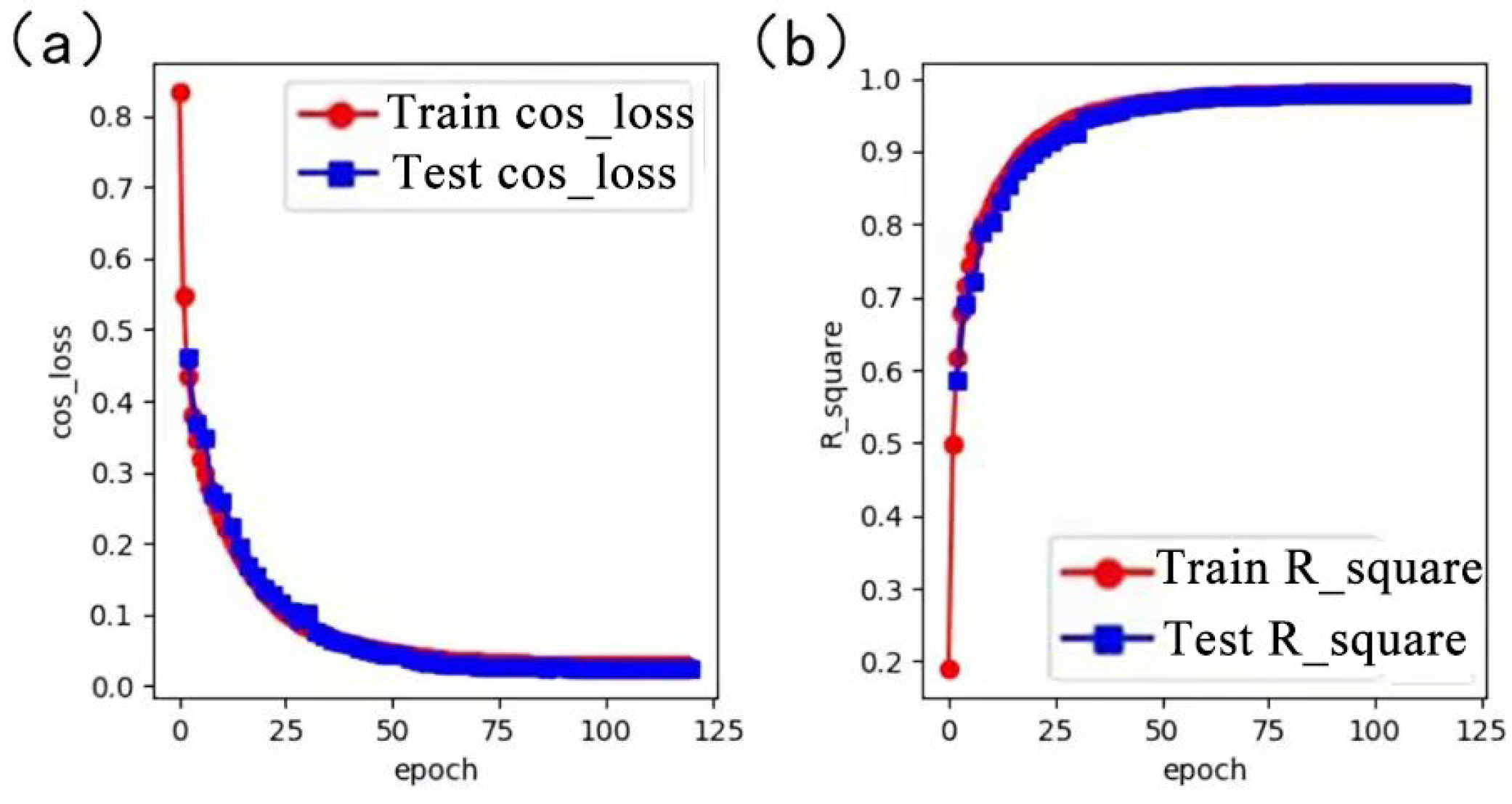
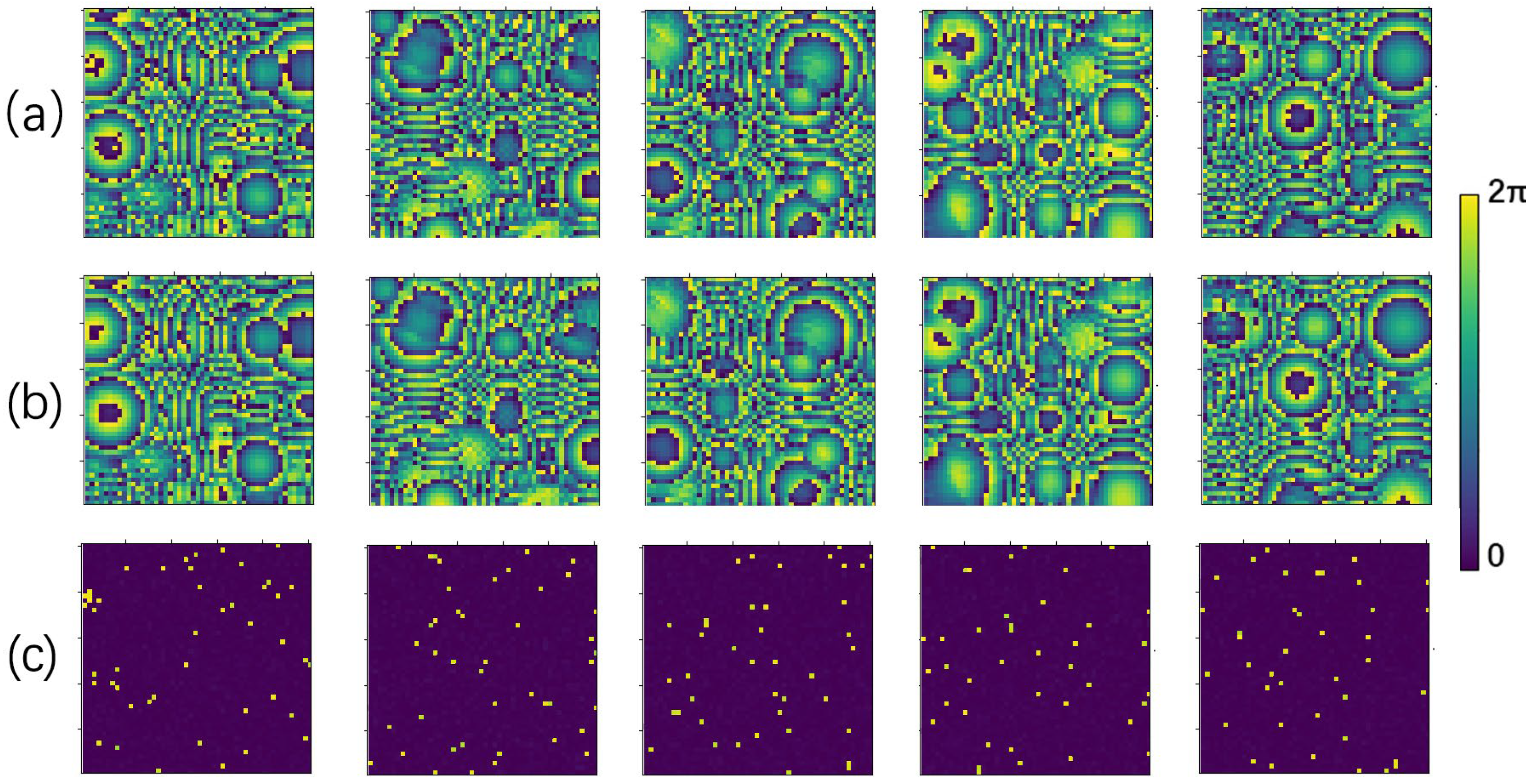
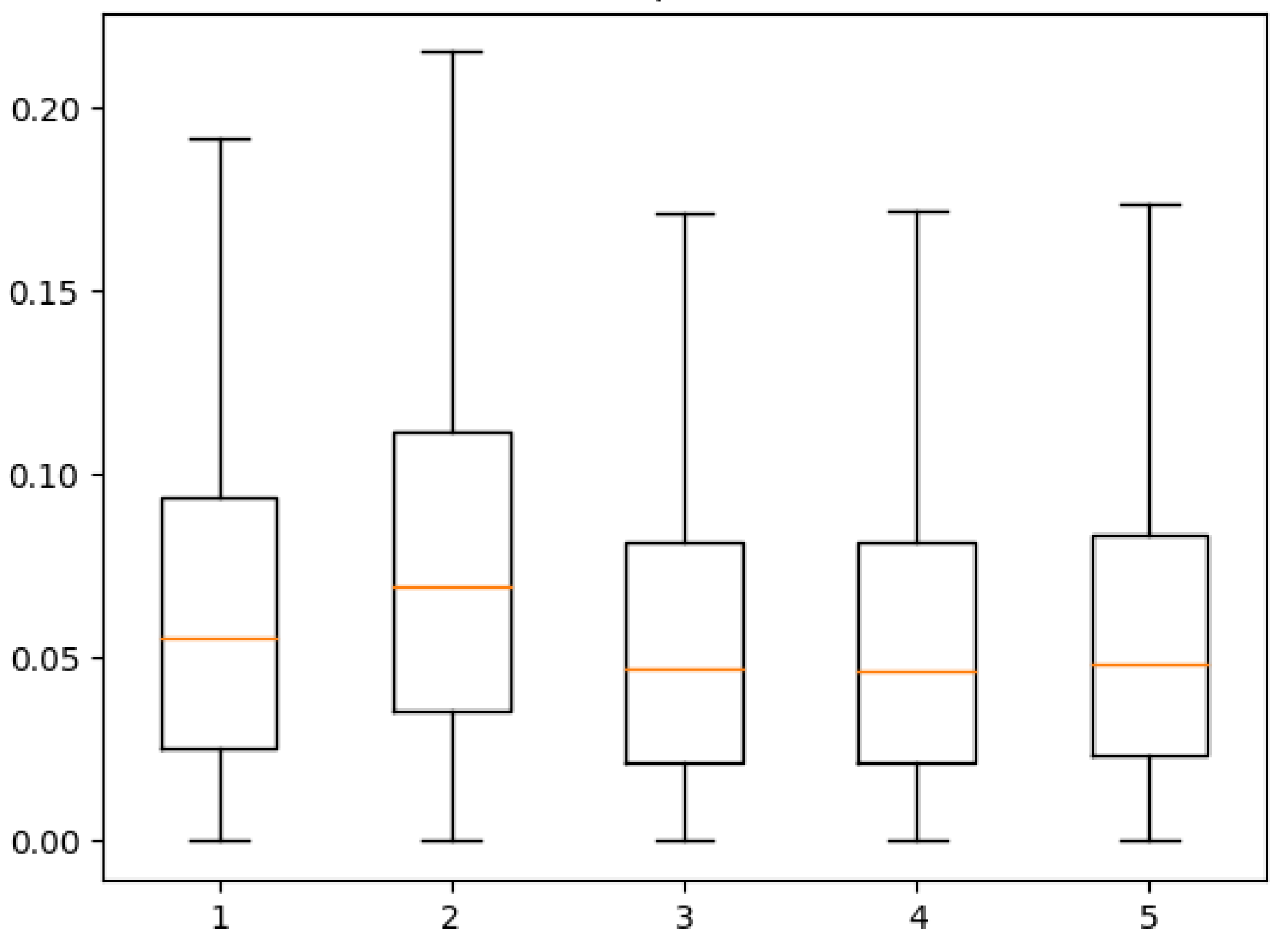



| FIELD TYPE\METHOD | RIE-NET | ACOUSNET | IB METHODS |
|---|---|---|---|
| SINGLE-FOCUS | 215 ms | 218 ms | 15.4 min |
| DUAL FOCUS | 215 ms | 218 ms | 16.6 min |
| THREE FOCUS | 215 ms | 218 ms | 17.2 min |
| COSINE LOSS ERROR | 0.025 | 0.05 | / |
Disclaimer/Publisher’s Note: The statements, opinions and data contained in all publications are solely those of the individual author(s) and contributor(s) and not of MDPI and/or the editor(s). MDPI and/or the editor(s) disclaim responsibility for any injury to people or property resulting from any ideas, methods, instructions or products referred to in the content. |
© 2023 by the authors. Licensee MDPI, Basel, Switzerland. This article is an open access article distributed under the terms and conditions of the Creative Commons Attribution (CC BY) license (https://creativecommons.org/licenses/by/4.0/).
Share and Cite
Wang, S.; Wang, X.; You, F.; Li, Y.; Xiao, H. A Real Time Method Based on Deep Learning for Reconstructing Holographic Acoustic Fields from Phased Transducer Arrays. Micromachines 2023, 14, 1108. https://doi.org/10.3390/mi14061108
Wang S, Wang X, You F, Li Y, Xiao H. A Real Time Method Based on Deep Learning for Reconstructing Holographic Acoustic Fields from Phased Transducer Arrays. Micromachines. 2023; 14(6):1108. https://doi.org/10.3390/mi14061108
Chicago/Turabian StyleWang, Shuai, Xuewei Wang, Fucheng You, Yang Li, and Han Xiao. 2023. "A Real Time Method Based on Deep Learning for Reconstructing Holographic Acoustic Fields from Phased Transducer Arrays" Micromachines 14, no. 6: 1108. https://doi.org/10.3390/mi14061108
APA StyleWang, S., Wang, X., You, F., Li, Y., & Xiao, H. (2023). A Real Time Method Based on Deep Learning for Reconstructing Holographic Acoustic Fields from Phased Transducer Arrays. Micromachines, 14(6), 1108. https://doi.org/10.3390/mi14061108





